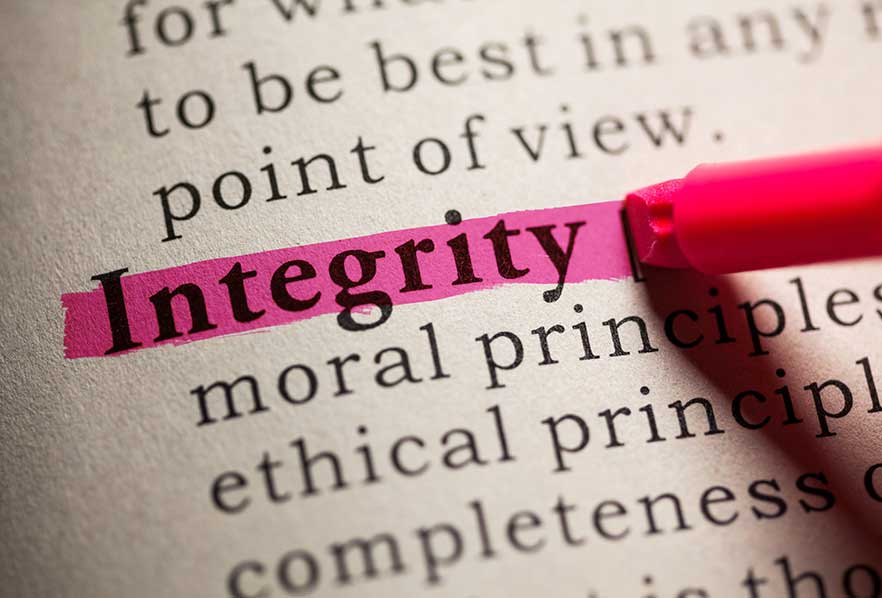GZ: You’ve been involved in law in one type of role or another for your entire career of 20-plus years, dating back to receiving your JD. At what point in growing up did you realize that a career in law was something you wanted and why?
SB: I received my undergraduate degree in government from the College of William and Mary. At some level, I think I was interested in it because my father worked as a lobbyist and growing up, we talked a lot about politics and the political process in our house. I thought I might follow in his footsteps and figured it couldn’t hurt to have a deeper understanding of the law. It was really after entering law school that I shifted my focus to employment law and litigation. Specifically, I took an introductory employment law course and realized I could marry my lifelong passion for social justice and antidiscrimination work with a career in law. I was hired as a summer associate at a firm working on management-side employment law issues and have worked on preventing discrimination and harassment, diversity, equity, and inclusion (DEI), and other legal issues impacting the workplace ever since.
GZ: We’ve seen many different paths taken by people to enter the field of compliance, and you’ve got an interesting one. You began your career as a litigator and employment law specialist who worked with and advised compliance and ethics professionals prior to taking on an internal compliance role. We don’t see that path very frequently. Tell us how this transition from litigator to compliance officer took shape.
SB: As is the case in many organizations, AARP’s Office of General Counsel and Ethics and Compliance Office are closely aligned through their mutual responsibility for ensuring compliance with policies, procedures, and legal requirements. Indeed, legal counsel is responsible for ensuring the company and employees comply with all applicable legal obligations, which is foundational to an organization’s compliance program. Taking on the chief ethics and compliance officer (CECO) role at AARP was really a very natural transition. From the earliest years of my career, I worked closely with ethics and compliance professionals on many core aspects of my clients’ compliance programs, including development of policies and procedures, education and training, investigating, discipline and enforcement, as well as prevention.
GZ: AARP is a rather large organization, with more than 2,000 employees, but it also utilizes thousands of volunteers. What compliance and ethics challenges does a volunteer “workforce” pose for the organization, and how do you manage these risks?




